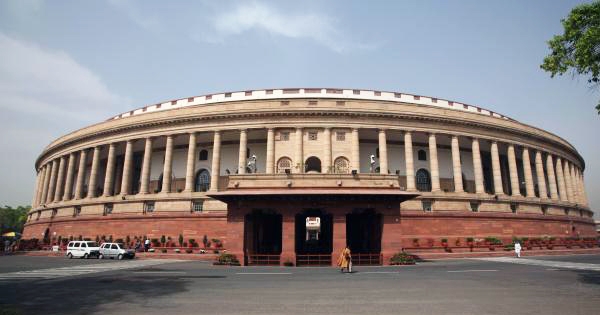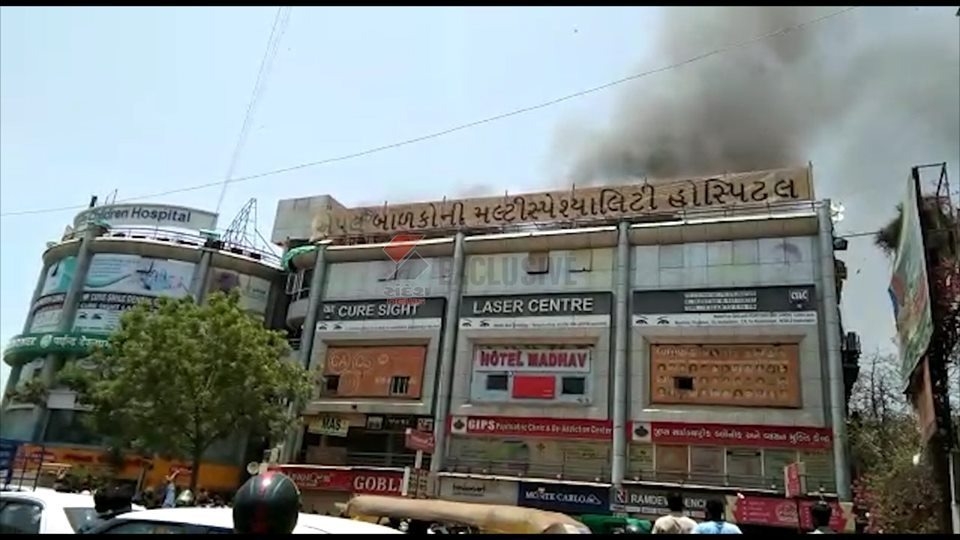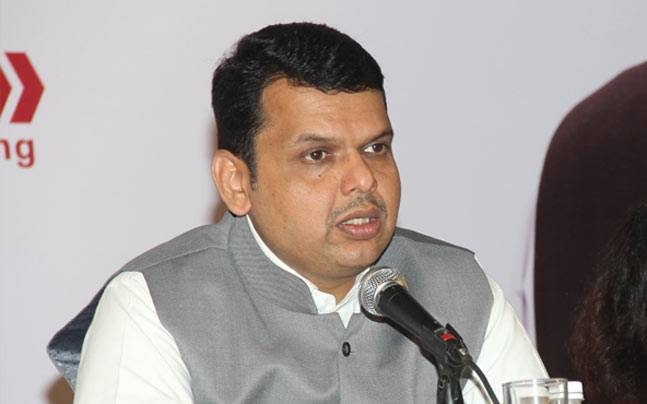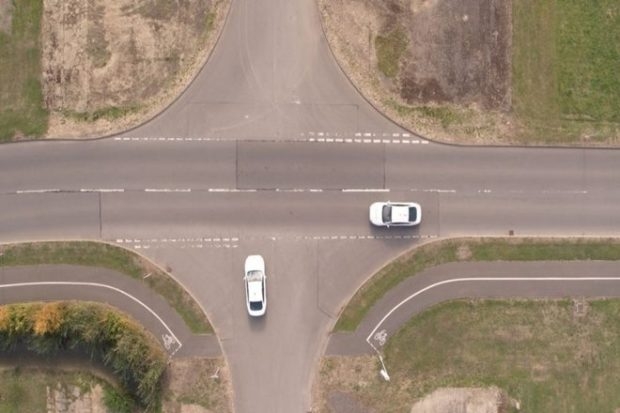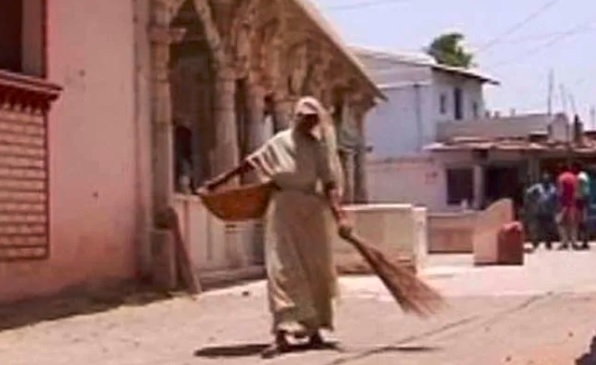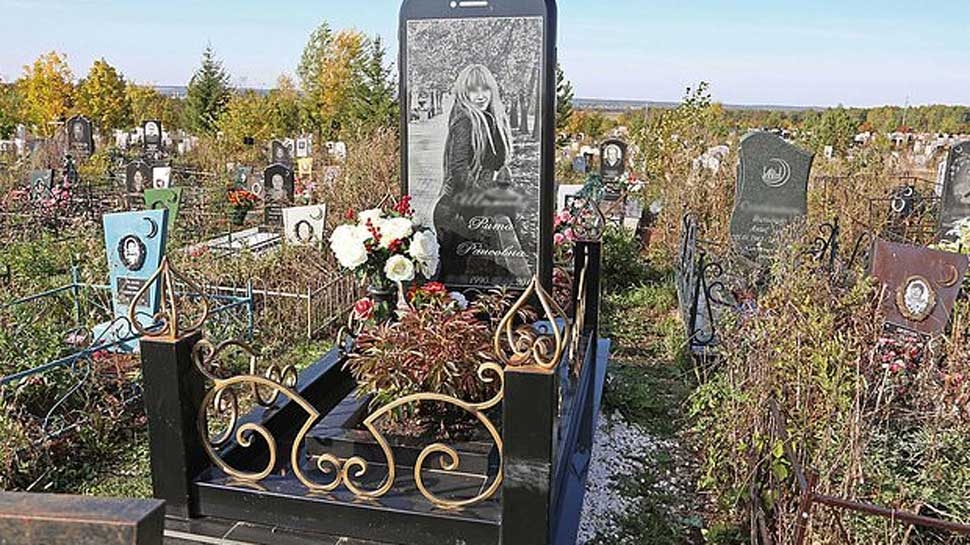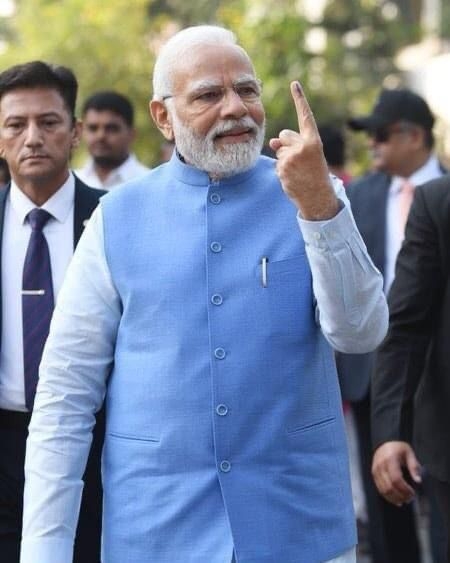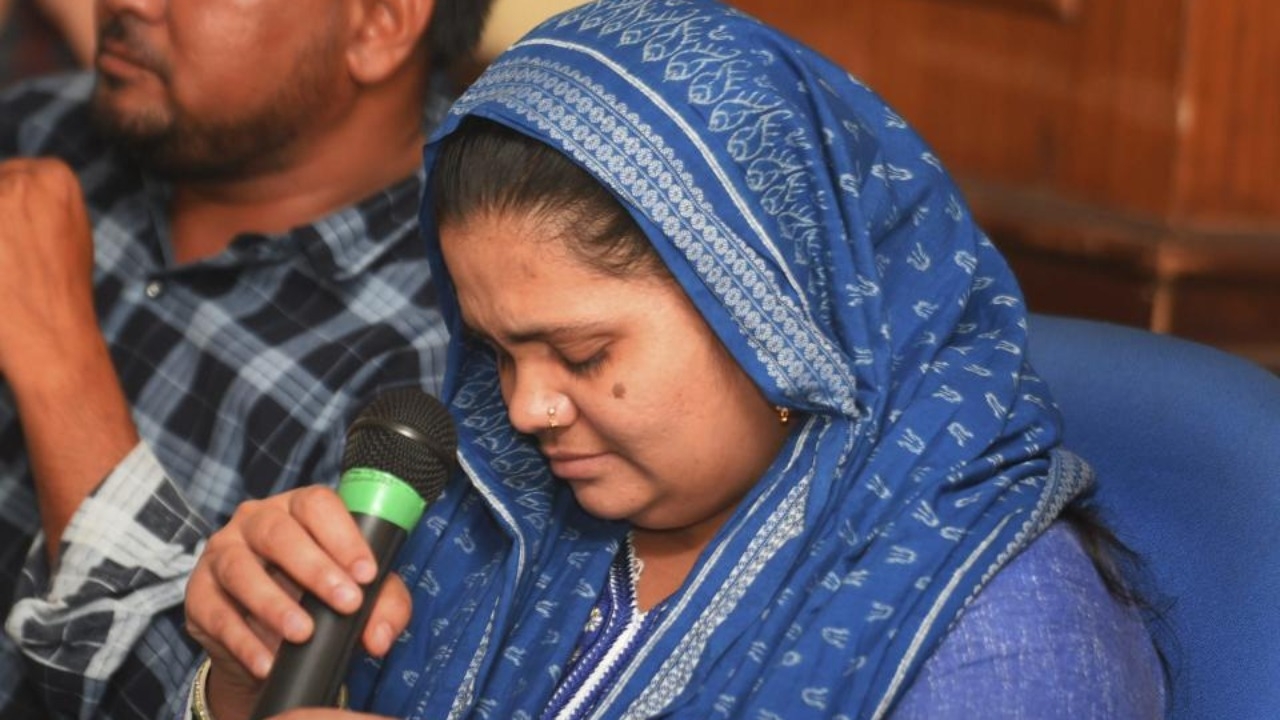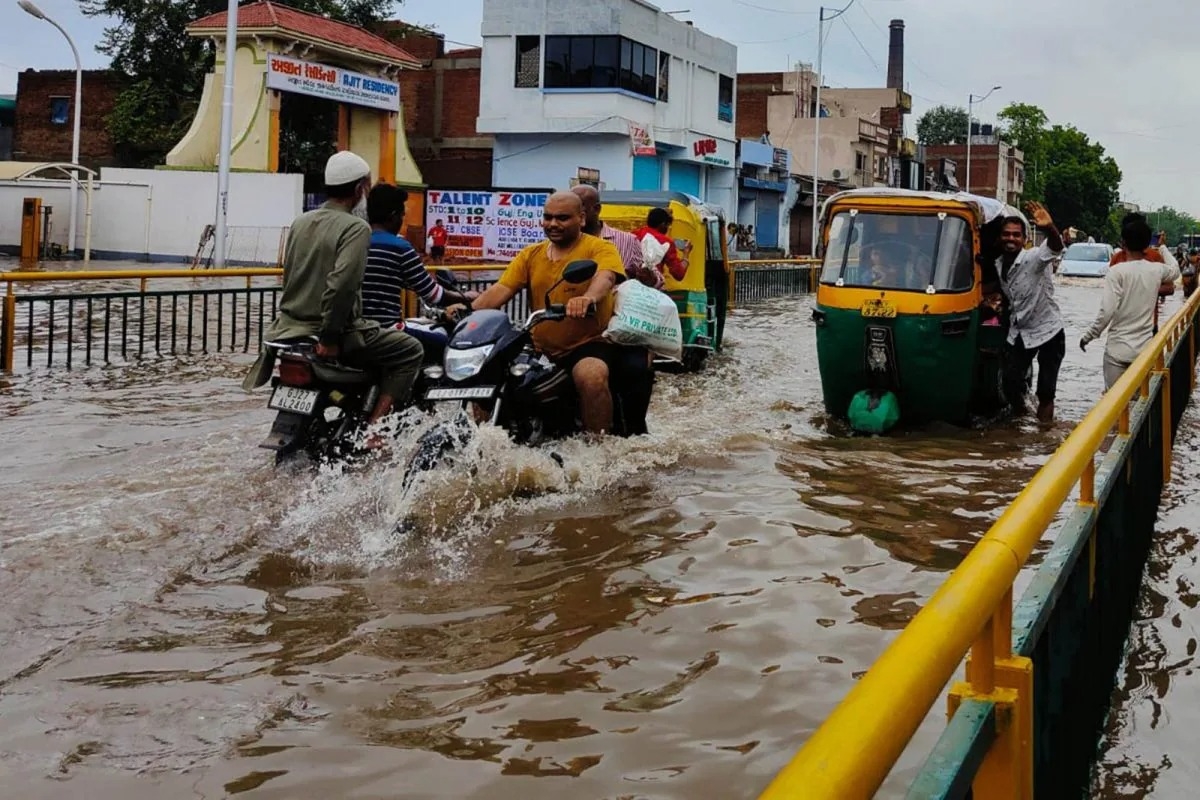Are Members of Parliament (MPs) genuinely interested in giving back to the voters who elected them? Since 1993, MPs have been allotted money under the Members of Parliament Local Area Development Scheme (MPLADS) to spend as they see fit on public works in their constituencies. In fact, MPs are now given Rs 5 crore per year under MPLADS — but a lot of this money goes unspent. Among those MPs that served a full term in the 15th Lok Sabha (2009-2014), only 23% spent all of the funds allotted to them.
One of the most important jobs of political representatives is to work for the welfare of their constituency. Unlike other sources of constituency-level funds, MPLADS is completely standardised in how it is allotted to MPs — unfettered by concerns of party, hierarchy, social status, or seniority. Thus, the utilisation of MPLADS money provides an unadulterated measure of an MP’s willingness and capacity to spend funds on constituency-level development.
Naturally, one is interested in the characteristics of MPs that predict higher or lower utilisation of MPLADS funds. As discussed in my previous column, India has experienced a worrying increase in the wealth of politicians contesting elections, as well as the number of elected politicians facing serious criminal cases. The median wealth of competitive MP candidates has risen seven fold between 2004 and 2014, and the percentage of elected MPs facing serious cases has risen by 75% over the same period.
It is now well-established that wealthier candidates and candidates with criminal cases against them win elections at a higher rate.
By the 2014 national election, the median wealth of the top two finishers in a constituency was more than 20 times that of the median wealth of the other less competitive candidates. Even among the top two finishers, the wealthier candidate was about 5% more likely to win the election. Between 2004 and 2014, those candidates facing serious criminal charges were about 78% more likely to win an MP election than those not facing such charges.
Political scientist Milan Vaishnav identifies two competing narratives on the relationship between electability and these two parameters: wealth and the number of serious criminal cases against a candidate. The “representative” position argues that voters prefer candidates with wealth and criminal cases against them because they have a greater capacity to deliver benefits and public works in the absence of an effective local bureaucracy, as is true in so much of India.
The “organisational” position argues that those with criminal cases against them win because they have stronger ground-level networks to build a campaign organisation, while wealthier candidates are advantaged due to the need to self-finance increasingly expensive campaigns. In short, the representative position, unlike the organisational position, suggests a positive association between these two characteristics of a candidate and the utilisation of MPLADS funds. On the other hand, if wealth and the presence of serious criminal cases is associated with “lower quality” representation, then these characteristics should be negatively associated with the utilisation of MPLADS funds.
In order to ascertain the relationship between candidate characteristics and MPLADS utilisation, I use the publicly available data from the Ministry of Statistics and Programme Implementation for the 15th Lok Sabha (2009-2014).
Over this period, MPs were given a total of Rs 19 crore for constituency development (the annual amount increased from Rs 2 crore to Rs 5 crore in 2011). Using information furnished by PRS Legislative Research, I consider MPs who served for the whole term that have useable data on asset wealth, yielding a total of 449 MPs for the analysis.
This analysis focuses on three MP characteristics — moveable wealth, education, and the number of serious criminal cases against them — from self-reported candidate affidavits made public by the Association for Democratic Reforms (ADR). Moveable wealth consists of assets that can be quickly mobilised for campaigning, while education (whether the MP has a postgraduate degree) and the number of criminal cases that are serious in nature may be consequential for an MP’s capacity to spend funds for constituency-level development.
I characterise an MP as effectively utilising MPLADS funds for constituency development if at least 95% of the available money has been spent (i.e., approximately less than 1 crore in unspent funds) — in this sample, 53% of the MPs have effectively used their funds.
In order to isolate the relationship between MP characteristics and capacity to spend on constituency-level development, I run a statistical model that simultaneously estimates the probability of effective use of MPLADS funds as a function of the MP’s pending serious criminal cases, level of education, moveable asset wealth, political party, and home state.
Are Members of Parliament (MPs) genuinely interested in giving back to the voters who elected them? Since 1993, MPs have been allotted money under the Members of Parliament Local Area Development Scheme (MPLADS) to spend as they see fit on public works in their constituencies. In fact, MPs are now given Rs 5 crore per year under MPLADS — but a lot of this money goes unspent. Among those MPs that served a full term in the 15th Lok Sabha (2009-2014), only 23% spent all of the funds allotted to them.
One of the most important jobs of political representatives is to work for the welfare of their constituency. Unlike other sources of constituency-level funds, MPLADS is completely standardised in how it is allotted to MPs — unfettered by concerns of party, hierarchy, social status, or seniority. Thus, the utilisation of MPLADS money provides an unadulterated measure of an MP’s willingness and capacity to spend funds on constituency-level development.
Naturally, one is interested in the characteristics of MPs that predict higher or lower utilisation of MPLADS funds. As discussed in my previous column, India has experienced a worrying increase in the wealth of politicians contesting elections, as well as the number of elected politicians facing serious criminal cases. The median wealth of competitive MP candidates has risen seven fold between 2004 and 2014, and the percentage of elected MPs facing serious cases has risen by 75% over the same period.
It is now well-established that wealthier candidates and candidates with criminal cases against them win elections at a higher rate.
By the 2014 national election, the median wealth of the top two finishers in a constituency was more than 20 times that of the median wealth of the other less competitive candidates. Even among the top two finishers, the wealthier candidate was about 5% more likely to win the election. Between 2004 and 2014, those candidates facing serious criminal charges were about 78% more likely to win an MP election than those not facing such charges.
Political scientist Milan Vaishnav identifies two competing narratives on the relationship between electability and these two parameters: wealth and the number of serious criminal cases against a candidate. The “representative” position argues that voters prefer candidates with wealth and criminal cases against them because they have a greater capacity to deliver benefits and public works in the absence of an effective local bureaucracy, as is true in so much of India.
The “organisational” position argues that those with criminal cases against them win because they have stronger ground-level networks to build a campaign organisation, while wealthier candidates are advantaged due to the need to self-finance increasingly expensive campaigns. In short, the representative position, unlike the organisational position, suggests a positive association between these two characteristics of a candidate and the utilisation of MPLADS funds. On the other hand, if wealth and the presence of serious criminal cases is associated with “lower quality” representation, then these characteristics should be negatively associated with the utilisation of MPLADS funds.
In order to ascertain the relationship between candidate characteristics and MPLADS utilisation, I use the publicly available data from the Ministry of Statistics and Programme Implementation for the 15th Lok Sabha (2009-2014).
Over this period, MPs were given a total of Rs 19 crore for constituency development (the annual amount increased from Rs 2 crore to Rs 5 crore in 2011). Using information furnished by PRS Legislative Research, I consider MPs who served for the whole term that have useable data on asset wealth, yielding a total of 449 MPs for the analysis.
This analysis focuses on three MP characteristics — moveable wealth, education, and the number of serious criminal cases against them — from self-reported candidate affidavits made public by the Association for Democratic Reforms (ADR). Moveable wealth consists of assets that can be quickly mobilised for campaigning, while education (whether the MP has a postgraduate degree) and the number of criminal cases that are serious in nature may be consequential for an MP’s capacity to spend funds for constituency-level development.
I characterise an MP as effectively utilising MPLADS funds for constituency development if at least 95% of the available money has been spent (i.e., approximately less than 1 crore in unspent funds) — in this sample, 53% of the MPs have effectively used their funds.
In order to isolate the relationship between MP characteristics and capacity to spend on constituency-level development, I run a statistical model that simultaneously estimates the probability of effective use of MPLADS funds as a function of the MP’s pending serious criminal cases, level of education, moveable asset wealth, political party, and home state.








